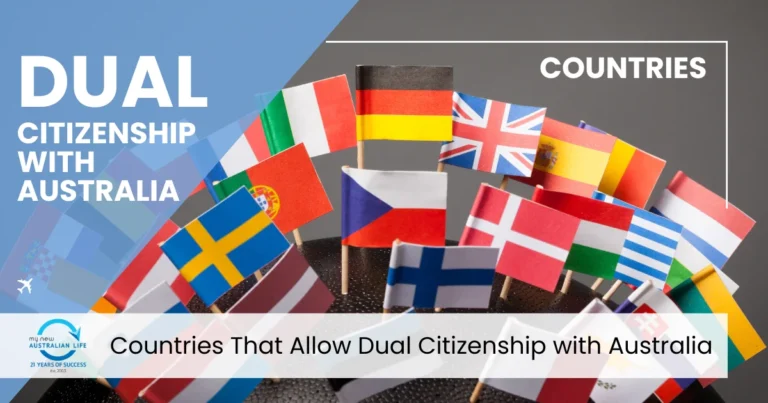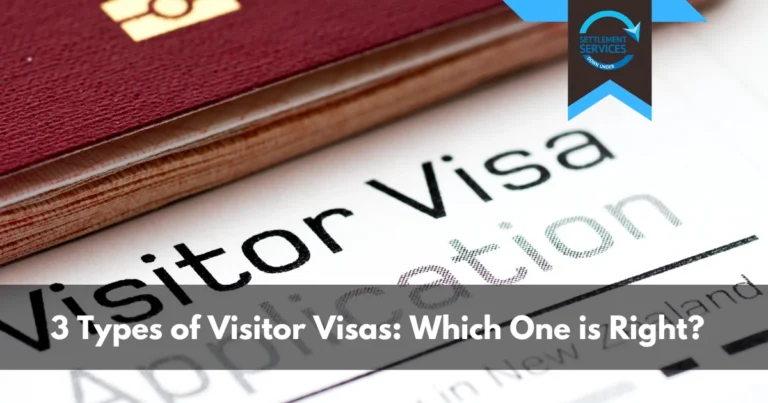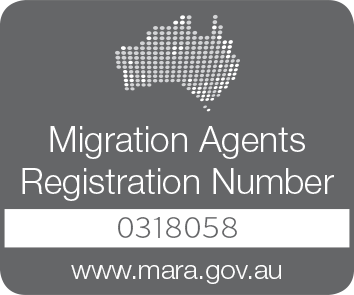The Subclass 101 Child Visa is designed for children of Australian citizens, permanent residents, or eligible New Zealand citizens, allowing them to live permanently in Australia. For families eager to reunite, understanding the processing times and how to avoid delays is critical. This article breaks down everything you need to know about the 101 visa processing time, application process, and key factors influencing the timeline.
Overview of the 101 Visa
The Subclass 101 Child Visa is a permanent visa that enables eligible children to:
- Live and study in Australia permanently.
- Access Australia’s healthcare system (Medicare).
- Apply for Australian citizenship if eligible.
- Travel freely to and from Australia.
This visa is for children outside Australia who are:
- Under 18 years of age, or
- Full-time students between 18-25 years financially dependent on their parents, or
- Over 18 years with a disability that prevents them from working.
By providing children with these rights, the 101 visa serves as a cornerstone for family reunification and stability in Australia. It ensures children can grow, learn, and thrive in a safe and supportive environment while fostering connections with their families.
Current Processing Times
As of the latest update, the processing times for the Subclass 101 Visa are as follows:
- 25% of applications processed: 6 months
- 50% of applications processed: 9 months
- 75% of applications processed: 12 months
- 90% of applications processed: 14 months
Processing times may vary due to factors such as the number of applications received and the completeness of documentation submitted. It’s essential to regularly check the Department of Home Affairs website for the latest updates.
Additional Considerations
Applicants should be aware that processing times can differ based on individual circumstances. For example:
- If health or character checks require additional scrutiny, delays may occur.
- Applications submitted during peak periods, such as the end of the financial year, might experience longer wait times.
- Policies and procedural updates can also temporarily influence timelines.
Factors Affecting Processing Times
Several factors can influence how long it takes for a 101 visa application to be processed:
- Completeness of the Application: Missing documents or incorrect information can lead to delays. Submitting all required paperwork upfront is crucial.
- Government Prioritization: Processing times may be impacted by policy changes or quotas. The Australian Government may prioritize certain visa categories over others.
- Health and Character Checks: Delays in obtaining clearances can slow down the process. Applicants should ensure these checks are booked and completed as early as possible.
- Volume of Applications: High demand periods may increase waiting times. Planning ahead and submitting applications during less busy periods can be beneficial.
- Communication with Authorities: Failing to respond promptly to requests for additional information can further delay the process.
Understanding these factors can help applicants better prepare and manage their expectations. Staying organized and proactive is key to navigating the application process smoothly.
Application Steps
To apply for the Subclass 101 Visa, follow these steps:
1. Check Eligibility
Ensure the child meets all eligibility criteria, including age requirements and relationship to the sponsoring parent.
2. Gather Documentation
Prepare the following documents:
- Proof of Relationship: Birth certificates, adoption papers, or other evidence of the parent-child relationship.
- Identity Documents: Passports and photos meeting visa requirements.
- Health and Character Evidence: Medical examination results and police clearances (if applicable).
- Financial Dependency Proof: For children aged 18-25 who are full-time students, provide evidence of financial reliance on the sponsoring parent.
3. Lodge the Application
Submit the application online through the Department of Home Affairs portal. Double-check that all information provided is accurate and complete.
4. Pay the Visa Fee
Ensure the correct visa fee is paid at the time of submission to avoid delays. Fees may vary based on circumstances, so check the official website for the latest rates.
5. Complete Health and Character Checks
Arrange for health and character checks as soon as possible. Delays in these steps can significantly affect the processing time.
6. Monitor Application Status
Regularly check the progress of the application through the Department of Home Affairs portal. Stay alert for any requests for additional information.
Tips to Avoid Delays
To reduce the chances of delays, follow these best practices:
- Double-Check Documentation: Verify that all required documents are included and correctly filled out. Errors or omissions can lead to significant delays.
- Respond Promptly to Requests: If the Department of Home Affairs requests additional information, respond quickly to ensure the application continues to progress.
- Provide Accurate Information: Ensure all details provided are correct and up to date, including contact information for correspondence.
- Plan Ahead: Start the application process early to allow time for gathering documents, completing checks, and addressing any unforeseen issues.
- Seek Professional Assistance: Consider consulting a registered migration agent for guidance on submitting a strong application.
These proactive measures can help streamline the application process and improve the chances of a faster outcome.
Real-Life Scenarios
Case Study 1: Successful Application
Maria, a permanent resident of Australia, applied for a 101 visa for her 12-year-old daughter, Sofia. By ensuring all documentation was complete and responding promptly to requests, Sofia’s visa was granted within 9 months, reuniting the family in Australia.
Case Study 2: Delayed Processing
John applied for a 101 visa for his 19-year-old son, Alex. Due to incomplete financial dependency evidence, the Department of Home Affairs requested additional information, causing a 4-month delay. After submitting the required documents, the application resumed and was finalized within 14 months.
These examples highlight the importance of accuracy and timely communication during the application process.
Understanding the processing times for the Subclass 101 Child Visa is crucial for families planning to reunite in Australia. By preparing a complete and accurate application, you can help ensure a smoother process. The key to success lies in staying organized, proactive, and informed.
If you need assistance with your 101 visa application or have further questions, our team of experts at My New Australian Life is here to help. Contact us today to get started! With the right guidance, your family’s journey to Australia can become a reality.
Frequently Asked Questions
Q: Can the 101 visa processing time be expedited?
A: Processing times are generally fixed, but submitting a complete and accurate application can help avoid unnecessary delays. In exceptional cases, such as medical emergencies, priority processing may be requested but is not guaranteed.
Q: What happens if my child turns 18 during processing?
A: As long as the application was lodged before the child turned 18, it will continue to be processed under the same criteria. However, additional evidence may be required if the child’s circumstances change.
Q: Can I include multiple children in one application?
A: Each child requires a separate visa application. However, simultaneous applications can be lodged, and supporting documents may be reused where applicable.
Q: Are there any alternatives to the Subclass 101 Visa?
A: For children already in Australia, the Subclass 802 Child Visa may be a suitable alternative. It’s important to evaluate all available options based on individual circumstances.







